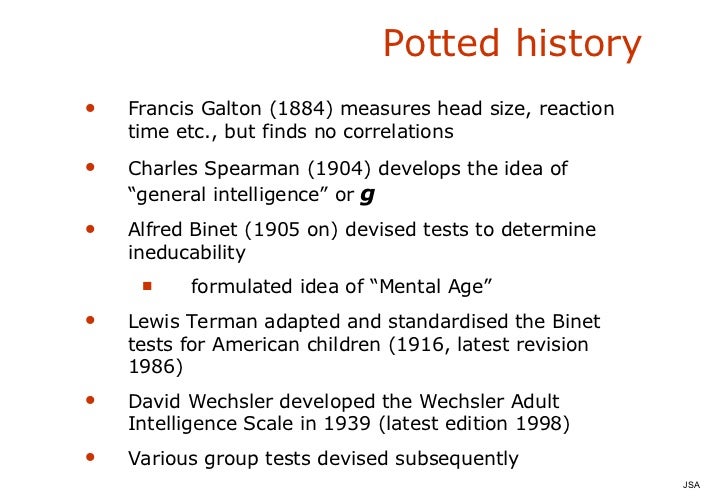

Tiene su origen en la investigación estocástica sobre la extinción de los apellidos. También se ha denominado a veces proceso de Bienaymé-Galton-Watson por el francés Irénée-Jules Bienaymé, que había trabajado en el mismo problema anteriormente.
El proceso de Galton-Watson, nombrado así en honor del naturalista británico Francis Galton y su compatriota el matemático Henry William Watson, es un proceso estocástico utilizado para modelizar el desarrollo de una población de individuos autorreplicantes. Le processus de branchement (ou processus de Bienaymé-Galton-Watson) est un processus stochastique permettant de décrire des dynamiques de populations. The formula is of limited usefulness in understanding actual family name distributions, since in practice family names change for many other reasons, and dying out of name line is only one factor. Likewise, since mitochondria are inherited only on the maternal line, the same mathematical formulation describes transmission of mitochondria. This is an accurate description of Y chromosome transmission in genetics, and the model is thus useful for understanding human Y-chromosome DNA haplogroups. The process models family names as patrilineal (passed from father to son), while offspring are randomly either male or female, and names become extinct if the family name line dies out (holders of the family name die without male descendants). The Galton–Watson process is a branching stochastic process arising from Francis Galton's statistical investigation of the extinction of family names. Er wird bisweilen auch als Bienaymé-Galton-Watson-Prozess bezeichnet, zu Ehren des Franzosen Irénée-Jules Bienaymé (1796–1878), der dasselbe Problem bereits längere Zeit vorher bearbeitet hatte. Der Galton-Watson-Prozess, benannt nach dem britischen Naturforscher Francis Galton (1822–1911) und seinem Landsmann, dem Mathematiker (1827–1903), ist ein spezieller stochastischer Prozess, der benutzt wird, um die zahlenmäßige Entwicklung einer eingeschlechtlichen Population von sich selbst replizierenden Individuen mathematisch zu modellieren. A partir de 1940 es va desenvolupar notablement pel seu interès en l'estudi de les reaccions nuclears en cadena (Leó Szilárd). El model va ser oblidat durant forces anys, fins que va ser rescatat pels matemàtics Andrei Kolmogórov (1938), Steffensen (1932) i Alfred J. Inicialment, Galton i Watson el van establir per explicar el perquè de la desaparició al llarg del temps de determinats cognoms. Es pot tractar de persones, bacteris o partícules atòmiques. En estadística matemàtica, el procés de Galton-Watson (o arbre de Galton-Watson), en honor dels matemàtics britànics Francis Galton i Henry William Watson els quals el van enunciar per primera vegada el 1874, és un procés estocàstic per modelitzar el creixement de grups d'objectes que es regeneren a si mateixos. In the depth-first view, we start by exploring one child in the first generation, then explore using the same method recursively the subtree of its descendants, before we move to the next child of the first generation. In the following we consider three distinct ways of exploring the so-called Galton–Watson tree, each well suited to establishing specific properties. An example of such a tree is depicted in Figure 1.1. 
The “root” of the tree corresponds to the “ancestor” of the whole population. Finally, the present chapter gives an opportunity to introduce large deviations inequalities (and notably the celebrated Chernoff bound), which is instrumental throughout the book.Ī Galton–Watson branching process can be represented by a tree in which each node represents an individual, and is linked to its parent as well as its children.

In addition, our treatment of so-called dual branching processes paves the way for the analysis of the supercritical phase in Chapter 2.

It is an adequate starting point when studying epidemics since, as we shall see in Chapter 2, it describes accurately the early stages of an epidemic outbreak. More generally it provides a versatile model for the growth of a population of reproducing individuals in the absence of external limiting factors. The branching process model was introduced by Sir Francis Galton in 1873 to represent the genealogical descendance of individuals.








 0 kommentar(er)
0 kommentar(er)
